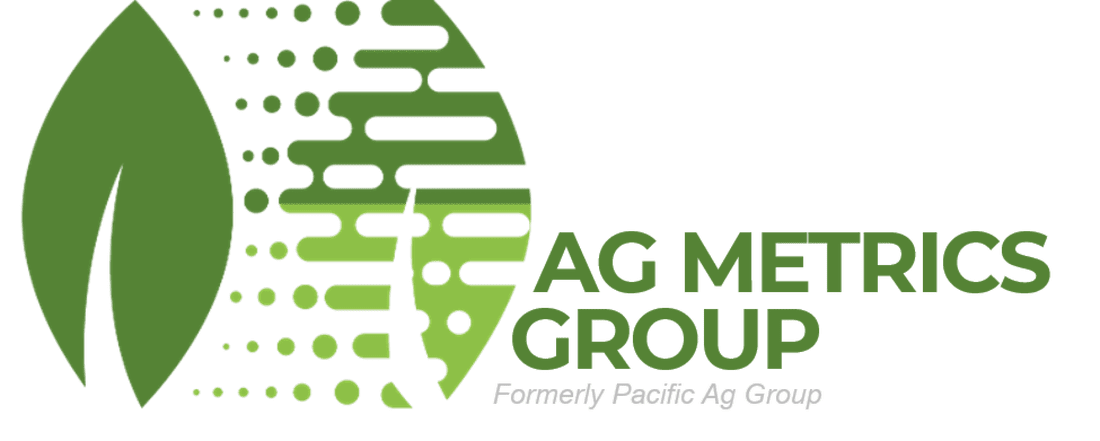|
F.V. Sances (1), B. Aglave (1), K. Williams (1), C. Boone(1), B. Booker (2), W. Schonborn (3), & E. Rosskopf (3) (1) Florida Ag Research, (2) Ag Metrics Group, (3) US Department of Agriculture (Collaboration Only)
Here, we build on previous work from these and other researchers to develop site-specific “Best Practices” for alternative nematode and pathogenic soil fungi control for Central Florida. Two summer solarization trials took place at the Dover Lab and yields for ASD + Solarization were on par with fumigation. This season we increased precision of applications for manure and molasses and included raised beds or flat ground comparisons.
Flat Ground: In many commercial settings, ASD and Solarization treatments are easier accomplished on flat ground. Here, the chicken manure was applied to the treated area utilizing a cone spreader, followed by mechanical injection of molasses, then the area was disked and plastic mulched. Methodology
Raised Bed: Planting beds were inoculated with soil-borne diseases, Sting nematodes, and common weed seeds before treatment. Four replicates of five treatments were randomly placed into planting beds previously farmed in strawberries. Following summer solarization/ASD, beds were formed in September (Fumigated) and in October, half of the ASD and Solarization plots with clear plastic were painted black. Flat Ground: Bare ground areas were inoculated with soil-borne diseases, Sting nematodes, and common weed seeds before treatment. Four replicates of four treatments were placed into previously farmed strawberry ground. Each plot comprises one planted bed 120 ft in length. Following summer solarization and ASD plots, beds were formed in September. Crop Health Yields Cumulative Yield data for approximately 6 weeks of harvests at the raised bed (a) and flat ground (b) fields, compared to cumulative annual yield from the previous years’ study at Dover (c) and the Duette, FL, grower site that was a flat ground treatment (d). Summary: Management of soil borne pests on commercial Florida strawberry farms has long been a challenge to growers. In recent years, this has been particularly difficult with regulatory pressures on the use of remaining chemical soil fumigants and the costs associated with their use. Also, while still in its infancy, organic strawberry production in Florida has been established by several shippers to try to meet the demand for this strawberry market segment. To provide growers with alternative non-fumigant soil pest management techniques, this project builds on previous work from these and other researchers with an on-site demonstration of Soil Solarization and Anaerobic Soil Disinfestation for the 2023 grower outreach by our collaborative groups. Click Poster to Download
|
Archives
April 2024
Categories
All
|

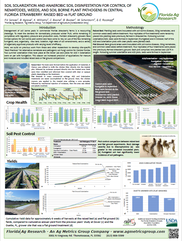
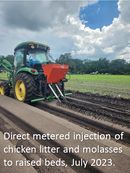

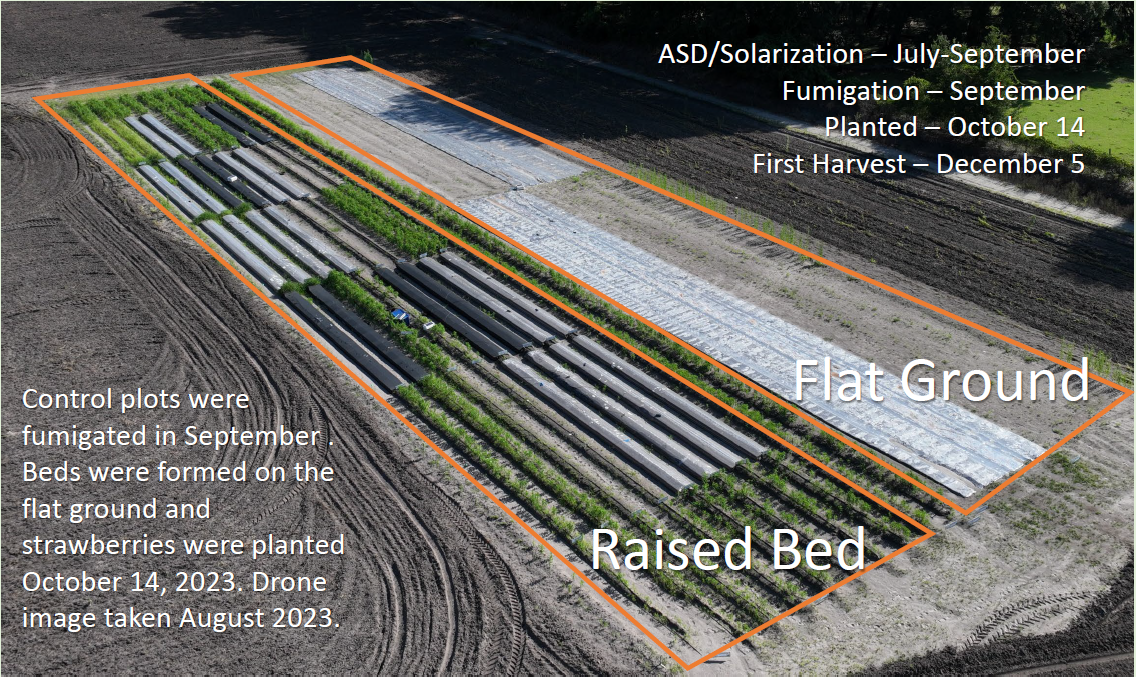
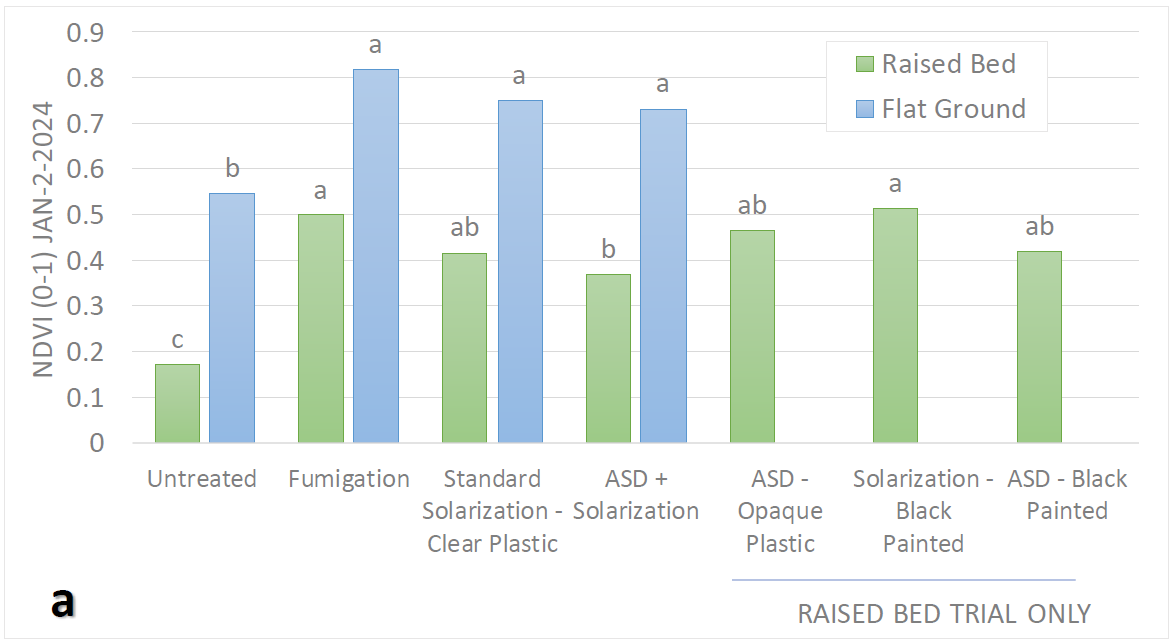
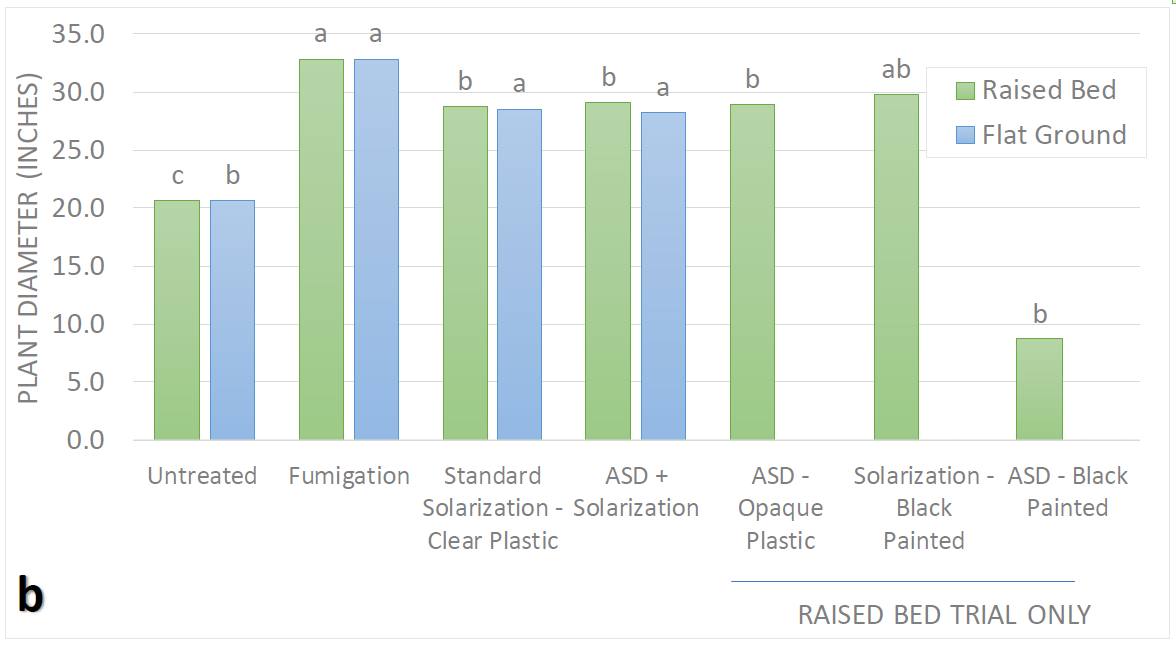
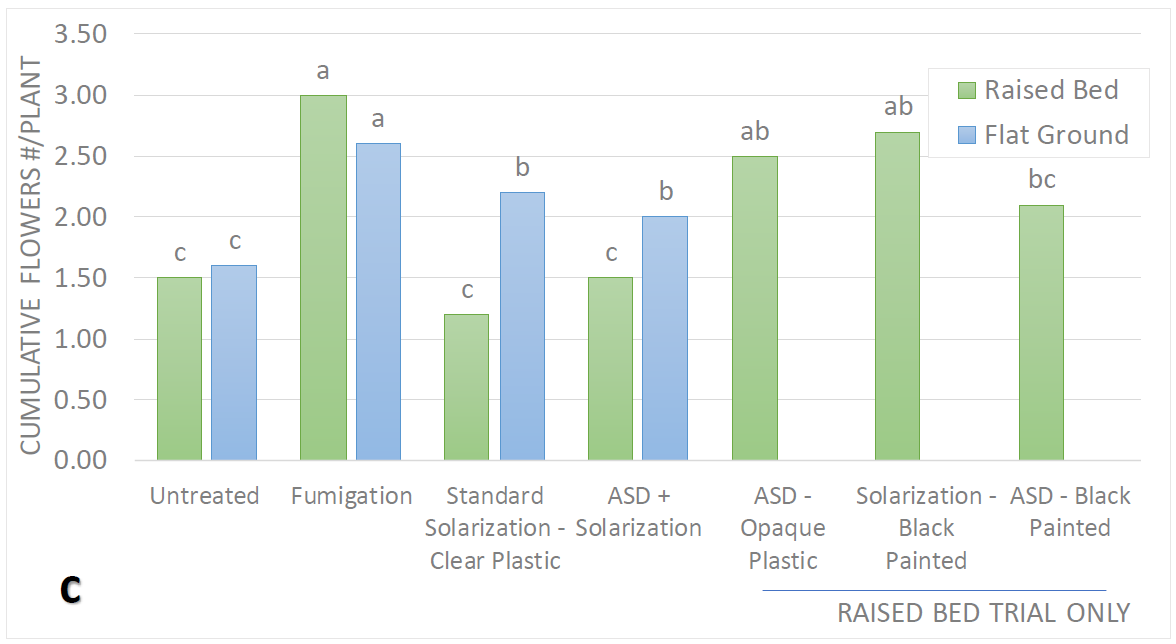
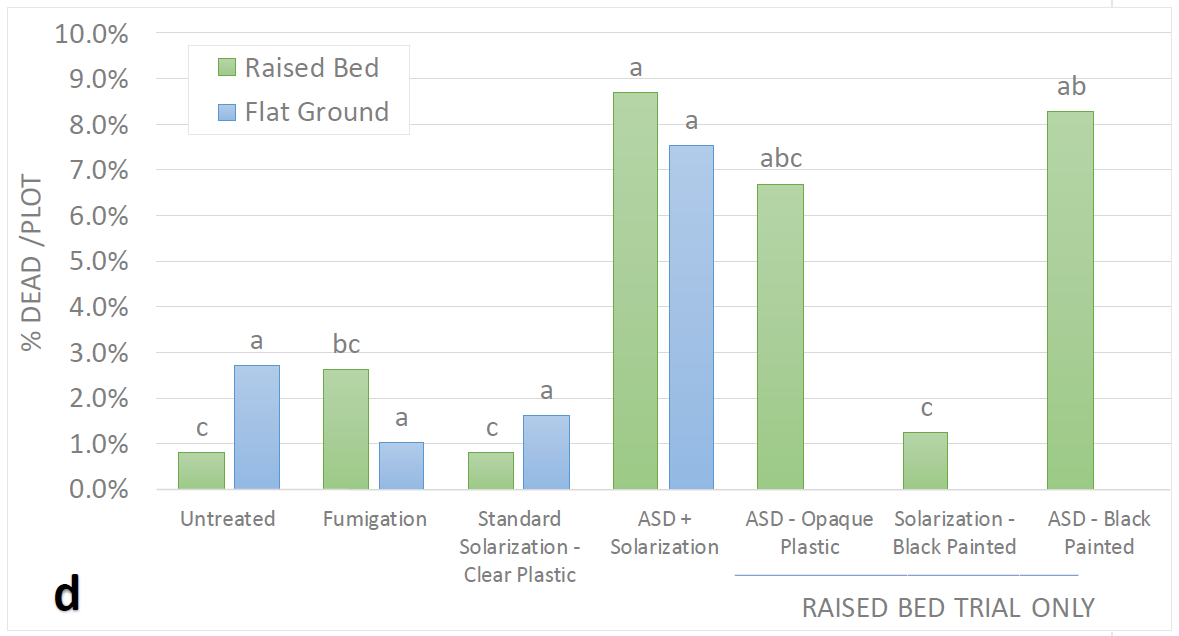
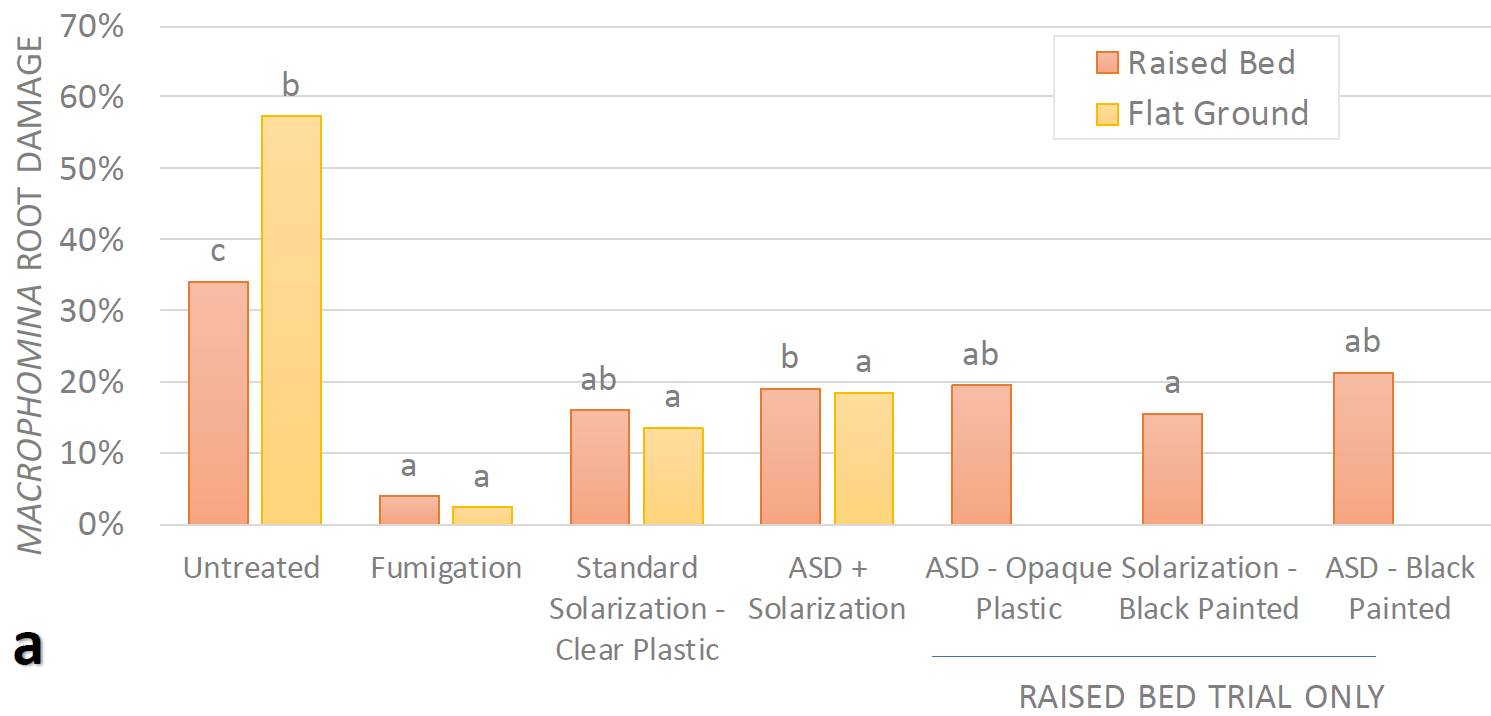
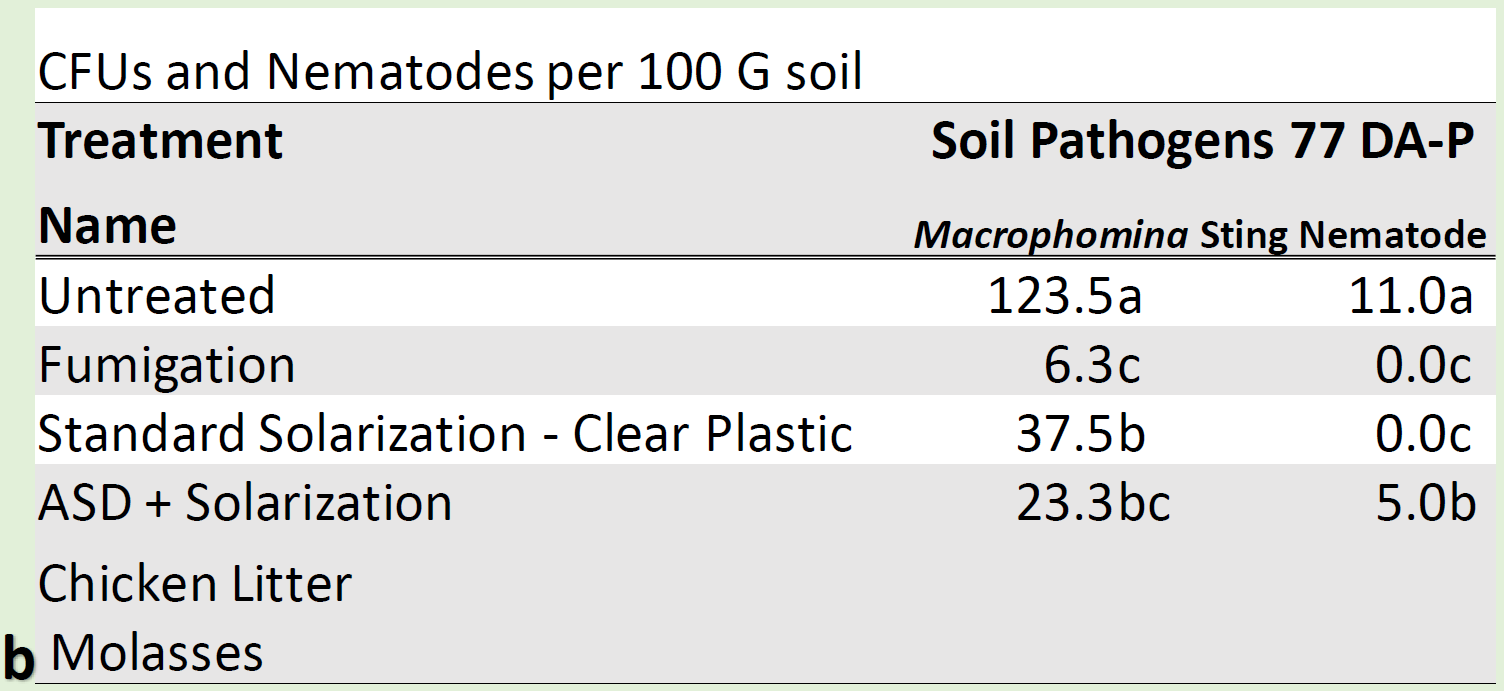
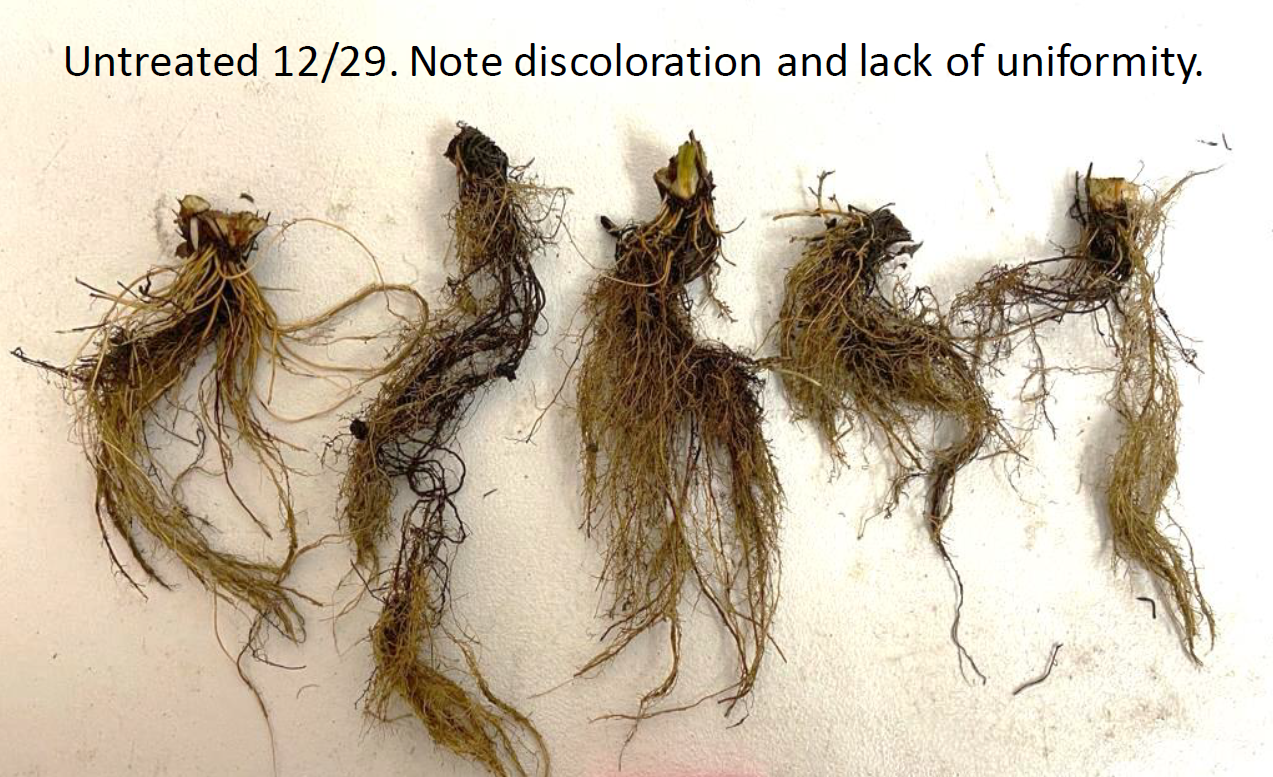
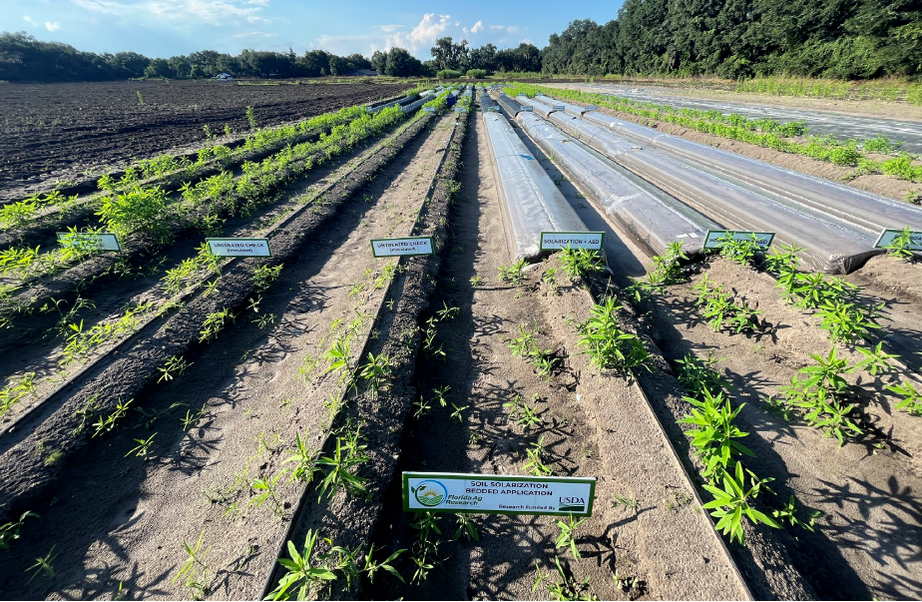
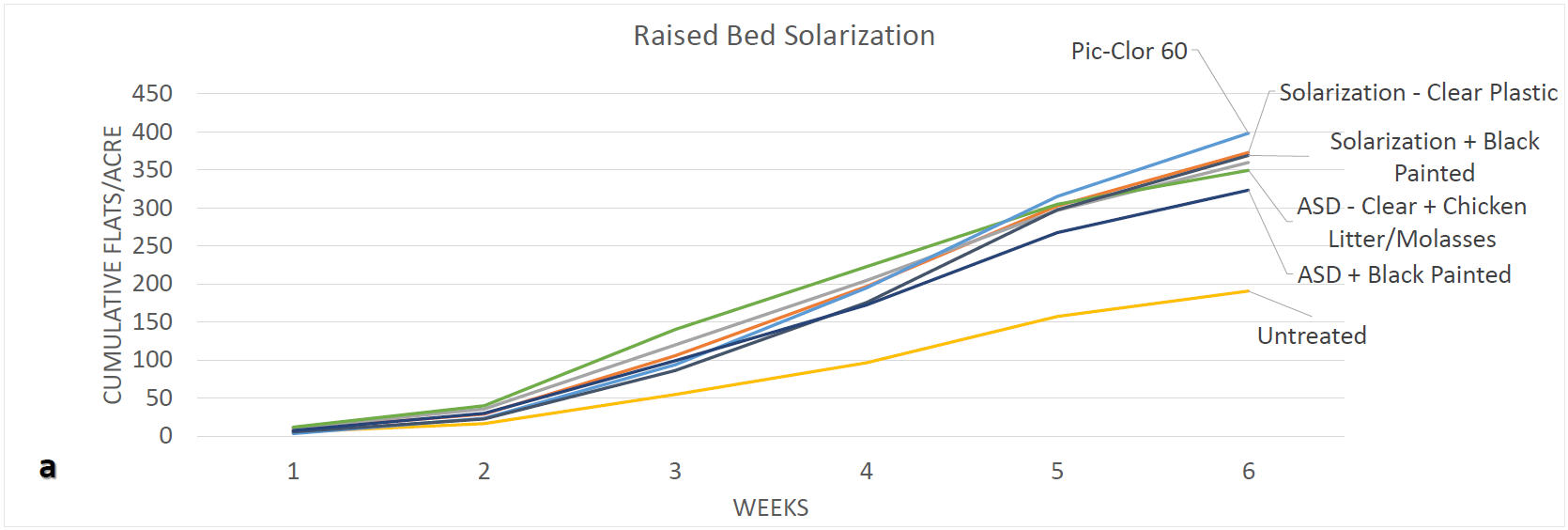
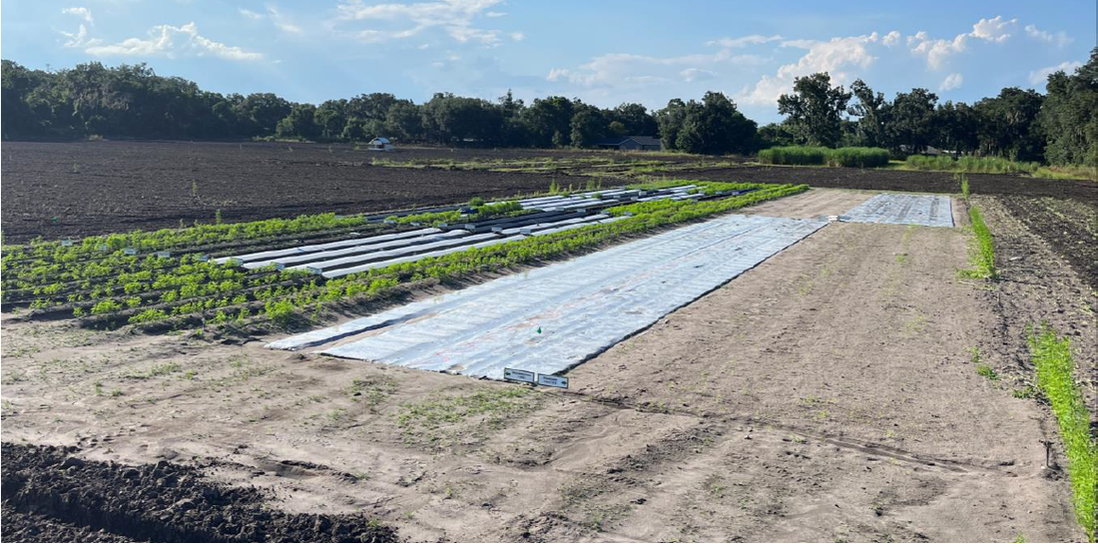

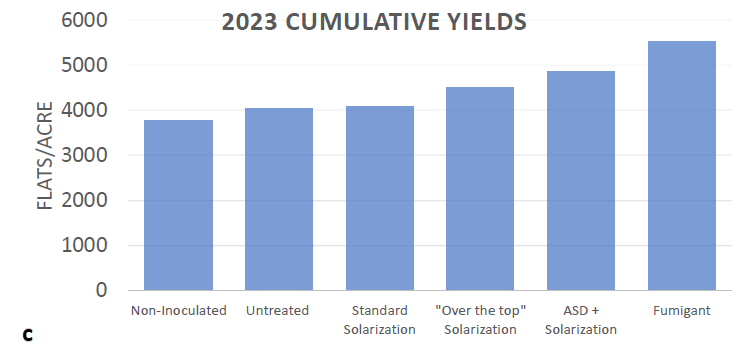
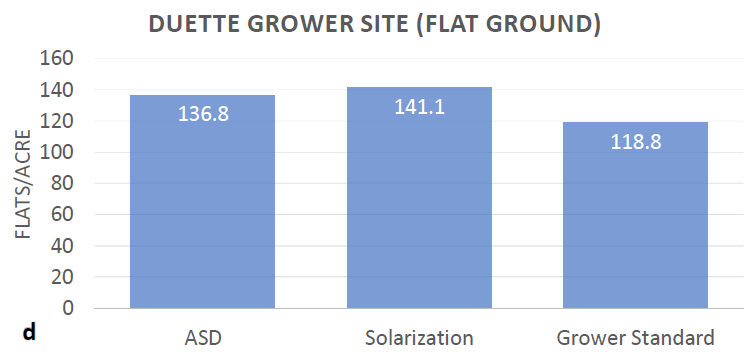
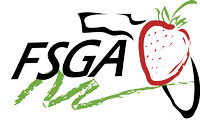

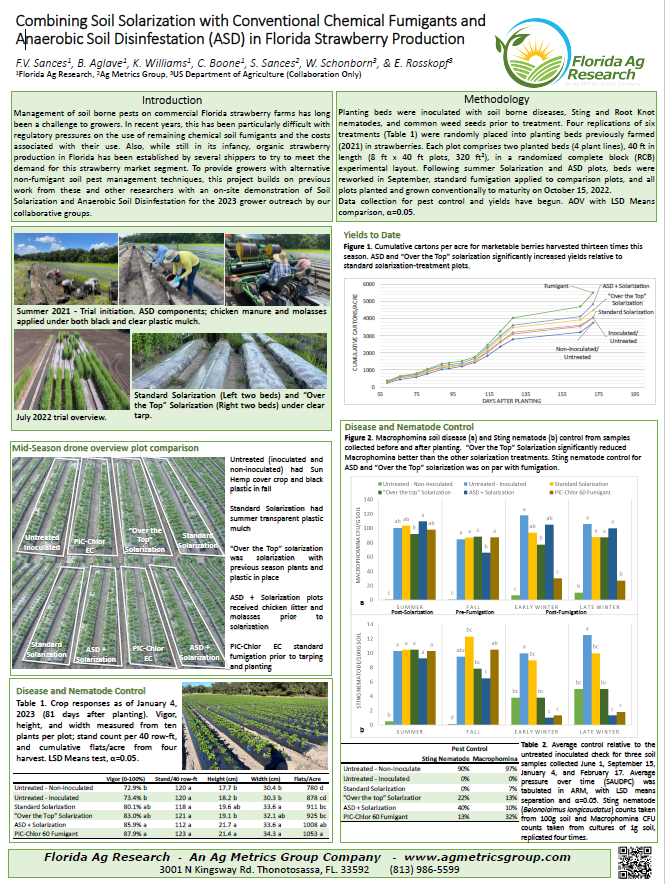
 RSS Feed
RSS Feed
